Planting a Small Silvopasture to Benefit Farm and Livestock
July 6, 2015/
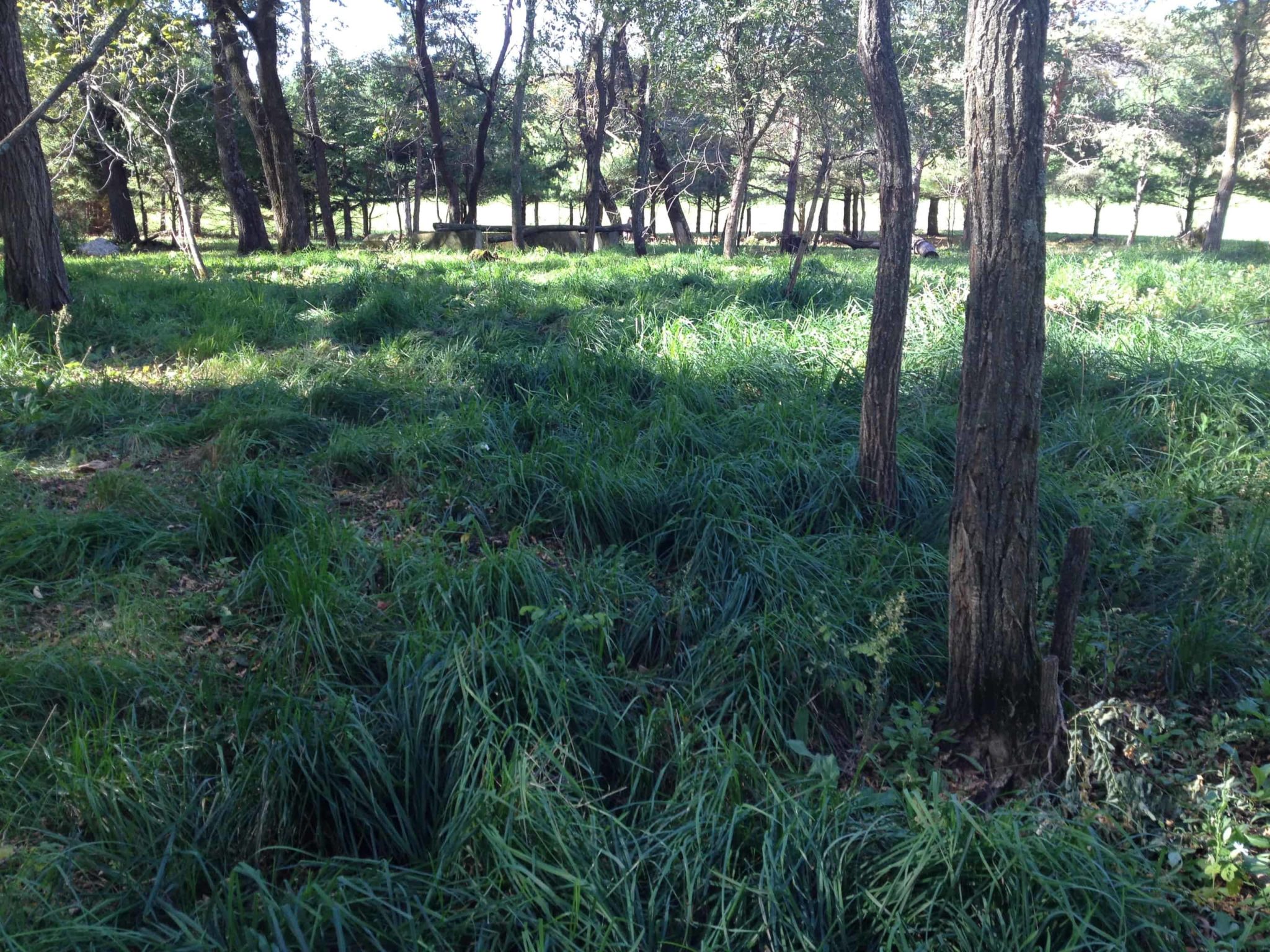
Figure 1: Established silvopasture.
If you have an overgrown woodlot, a strong back, a chainsaw, a small tractor with a mower, a pile of grass and clover seed, and a rake, then you can start establishing a small silvopasture on your land. To help you think about getting started, I will describe my own experience with planting a small-scale silvopasture back home in Wisconsin.
What is silvopasture?
A silvopasture is a combination of trees and pasture. The end goal is to have both working together to provide food and shelter for livestock, with the potential for additional economical yields from the trees. Figure 1 is an example of a well-established grass pasture underneath black locust trees.
How do you plant a silvopasture?
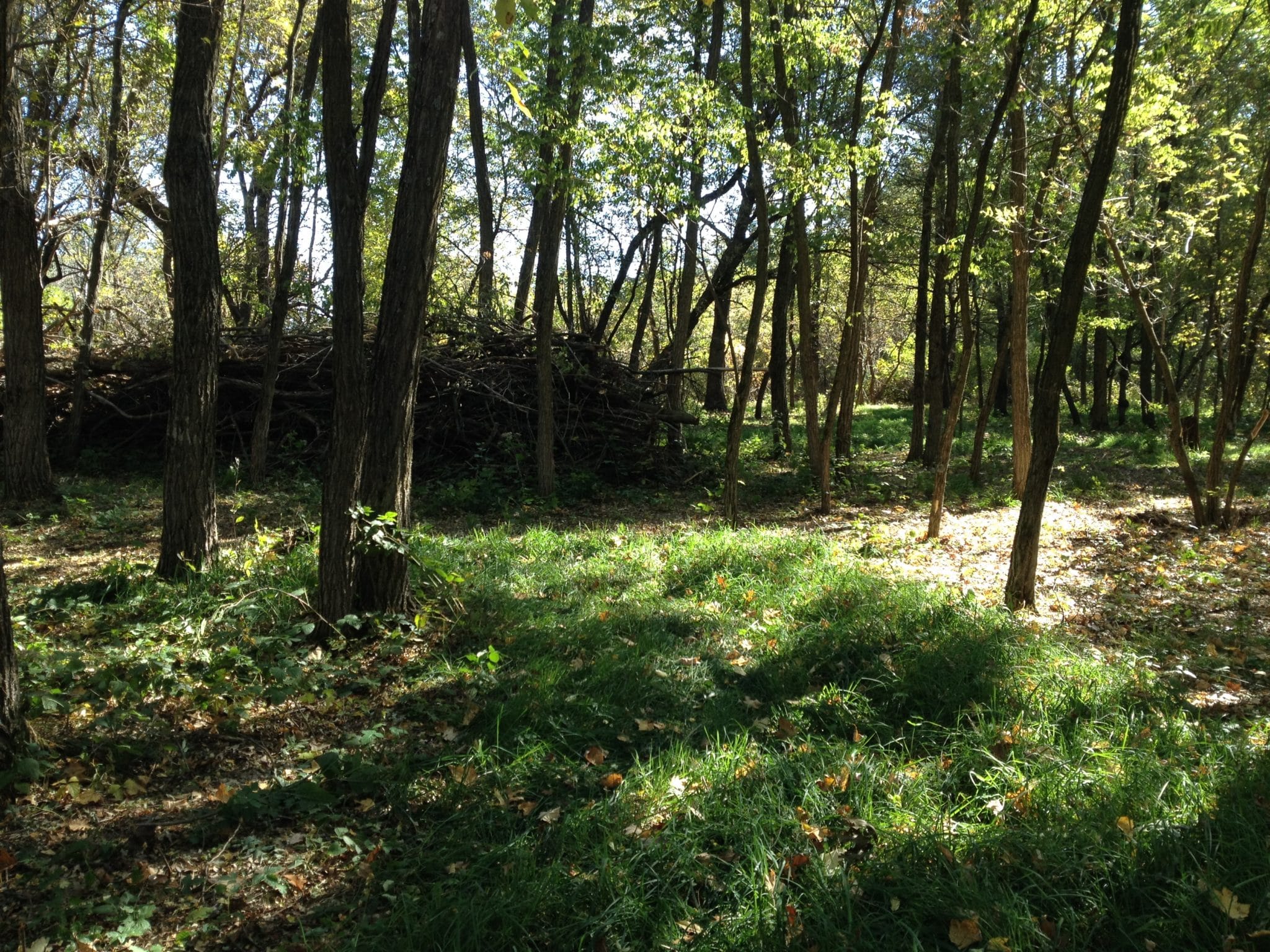
Figure 2: Windbreak in a silvopasture.
Silvopastures can be established by cleaning up and partially clearing woodlots or by planting trees into fields. For this article I’ll only discuss planting a silvopasture into an already wooded area. To establish a silvopasture in a forest, you will need to 1) increase the ground exposure to light by clearing brush and cutting down some trees and 2) plant pasture grasses adapted to part shade conditions. This may sound simple, but it takes some time and patience to see the results. A lot of brush, branches, and fallen trees can be cleared by simply picking them up. If you don’t have an immediate need for firewood you can just make a pile that can serve as a windbreak, as in Figure 2, for the animals you will eventually have in your silvopasture.
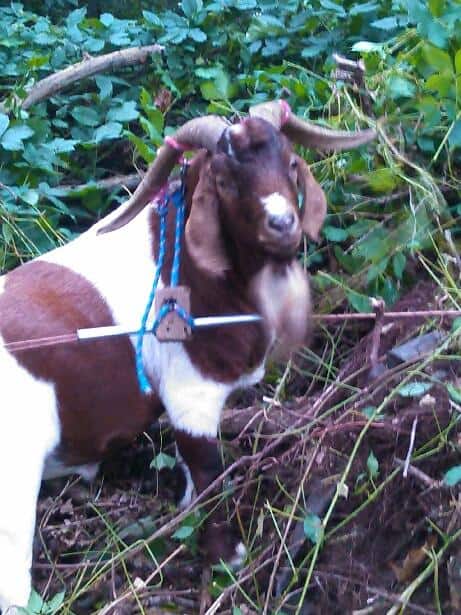
Figure 3: Boer goat clearing ground for silvopasture.
A couple of goats can make a lot of progress on clearing out berry brambles, brush, and woodland plants, as in Figure 3. Small movable electric fencing or ropes can keep them in a spot until they’ve cleared out the competing plants.
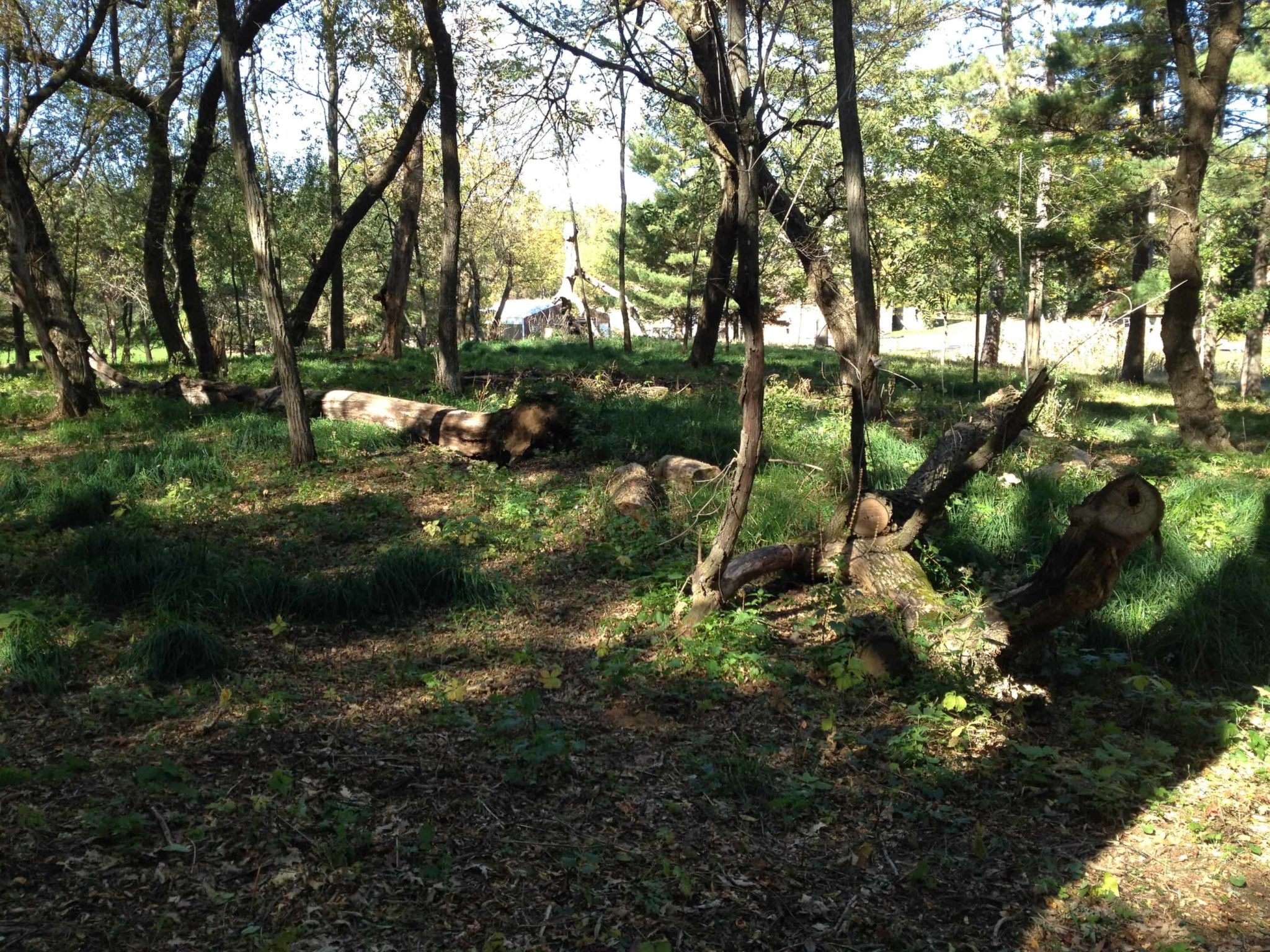
Figure 4: Large trees that have fallen in a silvopasture.
Once you clear the smaller material you’ll have some larger fallen trees that will need to be cut up or moved with a tractor, as in Figure 4. Some areas will be so overgrown that a Bush-Hog or other rotary mower will be needed to cut down the thick bushes. One you clear the areas they should have plenty of light reaching the ground. If needed, some of the trees should be cut so that only about 30-40% of the ground is shaded. Grass growth is not as vigorous in areas with higher amounts of shade.
The key to successfully planting a silvopasture once you have enough light reaching the ground is to have adequate seed-to-soil contact. Simply broadcasting a bunch of seed on the ground doesn’t work. You need to have animals walk over the seed afterwards to “hoof” it in, use a small no-till drill, or get a rake and plant it by hand.
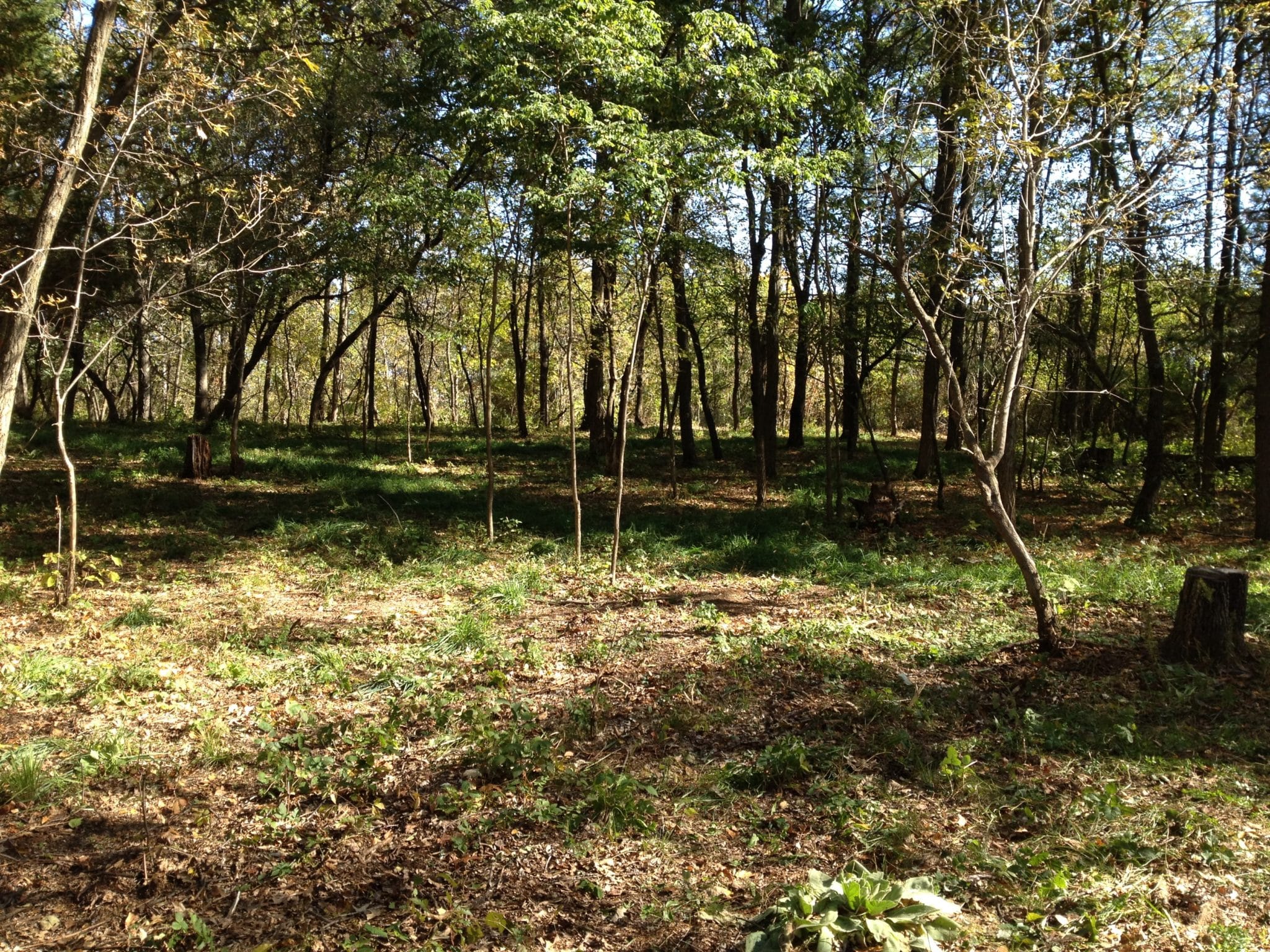
Figure 5: Woods ready for silvopasture planting.
The ground in my silvopasture is a very light, sandy soil with many tree roots at the soil surface so tillage is impossible without destroying the trees, and a no-till drill is not practical on these small, hilly woodlots. While goats have done some of the work, the majority has been planted by using a rake to pull back the top layer of mulch, broadcasting a lot of grass and clover seed by hand, raking the top layer of mulch back over the seed, and then using a small tractor to pack the seed in. The results have been great in test strips and larger areas. Orchardgrass, improved tall fescue varieties, and perennial ryegrass have all performed well in this project. They tend to be more shade tolerant than other types of grass.
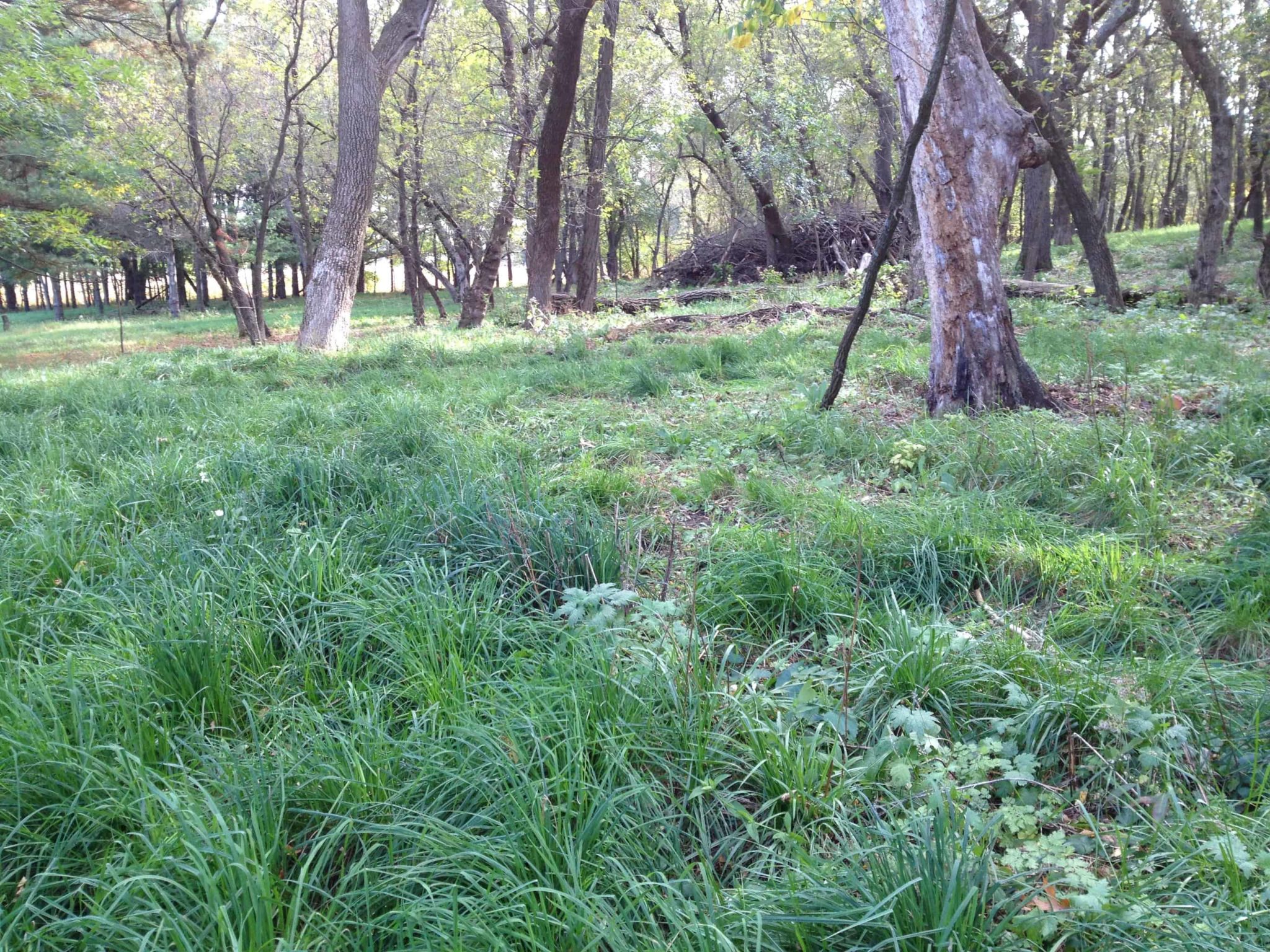
Figure 6: Grass growth is less in shaded areas (left) than sunny areas (right) in a silvopasture. Photos by Bill Verbeten
For those of you that want to establish large-scale silvopastures, it will probably be a lot easier to start with a field, convert it to a pasture or hay field, and then plant trees into it. Soil testing and fertilization for pastures should be your starting point for modifying the pH and increasing the silvopasture’s yield potential.
Bill Verbeten is a regional Extension agronomist with the NWNY Dairy, Livestock, & Field crops team. He can be reached at wdv6@cornell.edu or 585-313-4457.
Posted in Forestry & Agroforestry, Livestock & Dairy


It is my first time to encounter the word silvopasture and I am amazed of its meaning. I’m learning a lot from this article. And to know that you are doing this for the benefit of farm and livestock, I can say that you are brilliant. Keep it up, sir!
Orville
Thanks for posting this! I, too had never heard of silvopasture but you’ve explained it in a very practical and easy-to-understand way. It gives me something to think about in managing my back lot. Thanks again!
How do you best space the trees for silvopasture? 10×40 ft or even wider?
Hi Jeremy,
As we don’t have a specialist here in our Small Farms office that can answer your question, I would suggest reaching out to the author of this article, Bill Verbeten, with your question and any other questions you have about silvopasture. He can be reached at wdv6@cornell.edu or 585-313-4457.
Good day, I tried to send Bill an email at this provided address and it bounced back saying that it is undeliverable as the to address may not exist. Is there an updated email for him please?
Hi Alastair,
It seems Bill no longer works for the extension team. You could try reaching out and see if there is a forwarding address or if another extension specialist can answer your question: https://nwnyteam.cce.cornell.edu/contact_information.php.
This is great, I understood the content but have a question in case you want to raise goats how many goats can sustain a single acre.
Hi Mark,
I’m glad you enjoyed the article. I recommend reaching out to the author of this article, Bill, with your inquiry. He can be reached at wdv6@cornell.edu or 585-313-4457.